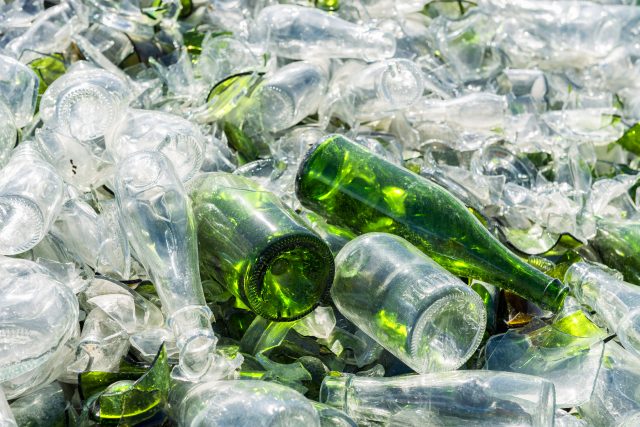Record collection of glass containers for recycling hits 78% in the EU
By Jessica MasonThe glass packaging value chain is delivering on its circular economy ambitions, according to the latest data from Close the Glass Loop.

The EU’s average recycling rate for glass packaging grew to a record rate of 78%, representing a growth of 2% compared to the previous year’s performance.
The multi-stakeholder stewardship partnership Close the Glass Loop has set goals to achieve a post-consumer glass container collection target of 90% by 2030, and to ensure that this is recycled into the container glass production loop.
Partner Content
Close the Glass Loop’s intentions are to continue to unite glass producers, brand owners and fillers, along with the hospitality sector, glass treaters, extended producer responsibility schemes, collectors and municipalities under a multi-stakeholder European programme. It is supported by 11 national platforms to increase the quantity and quality of available recycled glass – so that people don’t just recycle, but recycle more and better. The partnership makes it a priority for the glass collection and recycling value chain to ensure that the remaining 22% of glass packaging is collected and brought back into the loop. As such, the vast majority of the 13.7 million tonnes collected go back to remelt new glass bottles.
Joachim Quoden, managing director of EXPRA (Extended Producer Responsibility Alliance), on behalf of Close the Glass Loop partners, said: “The record high glass collection for recycling rate of 78% shows that our ambitious Close the Glass Loop targets can be achieved with close cooperation between all players in the value chain, sharing best practices on innovative and tailored collection models, high quality sorting and recycling and communication campaigns for consumers.”
Marine Ronquetti, secretary general of FERVER (European Federation of Glass Recyclers), on behalf of Close the Glass Loop partners, added: “Glass is a permanent material that can be endlessly recycled into new packaging. The more glass is selectively collected, the better its quality for more recycled glass that can be produced and incorporated in the production of new glass packaging.”
Related news
The careful considerations behind one of Europe's biggest wineries




